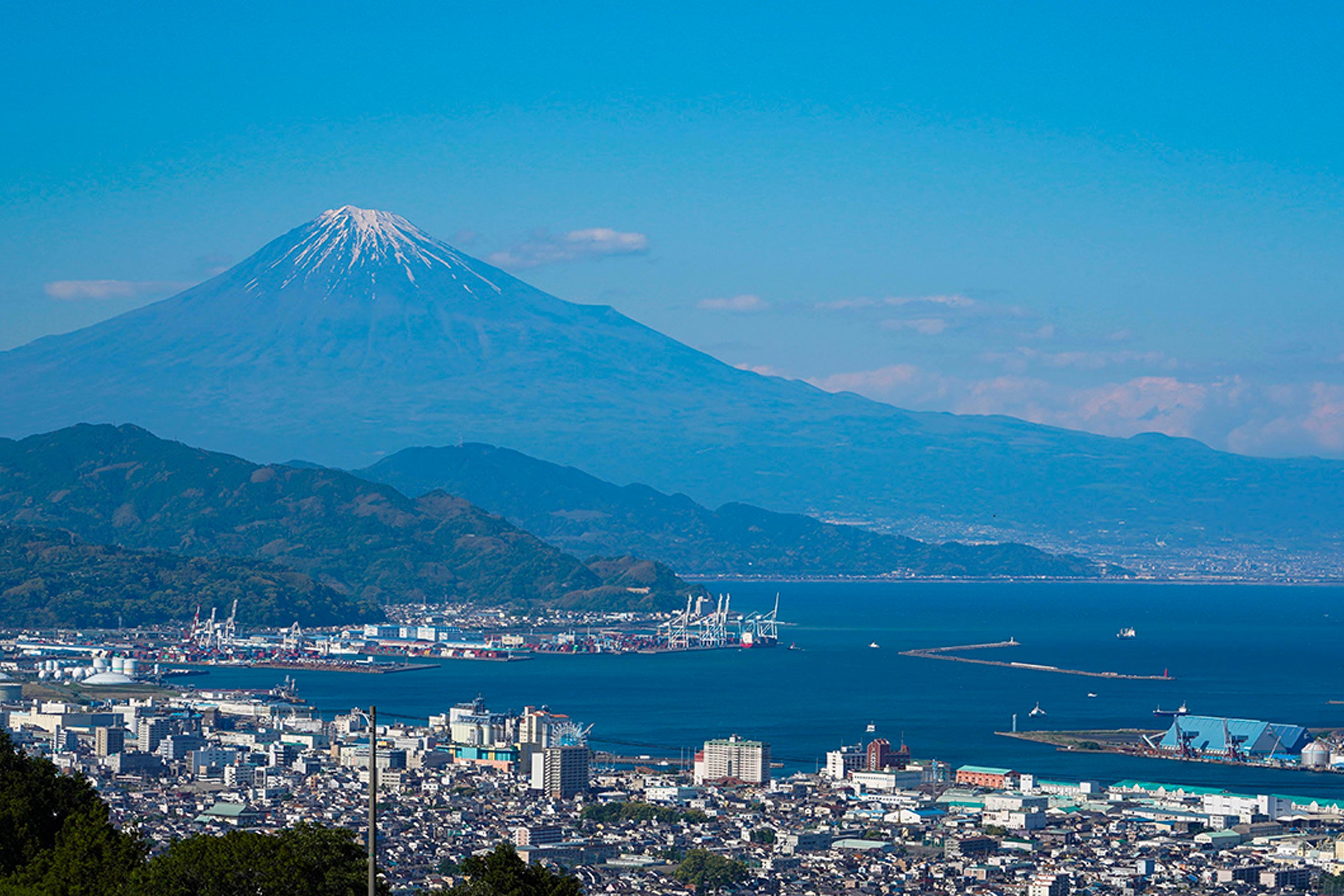In late October, Mr. Tetsuo Saito, Japan’s Minister of Land, Infrastructure, Transport and Tourism (MLIT) announced that “Japan aims to achieve net-zero GHG emissions from international shipping by 2050.” Pushing further than the IMO targets for greenhouse gases, the announcement has triggered a wave of innovation and pilot projects in marine transit to help the country meet its goals.
Japan has been vocal on its positive action on climate change for some time.
As early as October 2020, the prime minister of Japan made a declaration that the country would bring about a green society, saying, “By 2050, Japan will aim to reduce greenhouse gas emissions to net-zero, that is, to realize a carbon-neutral, decarbonized society.” Measures to kickstart and expand greener power through hydrogen, nuclear and renewable sources have followed as part of the country’s ambitious Green Growth Strategy, which includes a two trillion-yen Green Innovation Fund. And marine has been named one of 14 sectors for growth focus under the scheme.
Japan has a long and proud maritime history. For much of the twentieth century, it was the largest shipbuilder in the world – and the industry is still one of the country’s most prominent, and a significant economic driver in many of Japan’s coastal cities.
The country also has an enviable reputation for technology innovation. And technology and marine are converging in recent years: While the volume of new ships has decreased a little recently, the market for innovative marine technology is in a period of rapid growth. It’s estimated that Japan’s maritime technology market, worth $8.8 billion today, will grow to be worth $15.8 billion by 2030. This is a considerably faster growth rate than the maritime industry as a whole or the wider Japanese economy.
Developing technologies to enable fossil-free fuels for ships has become a considerable focus, bringing these trends and ambitions together and benefitting from strategic state investments.
In April, Kawasaki Heavy Industries, Yanmar Power Technology, and Japan Engine Corporation established a consortium of Japanese engine manufacturers to pursue joint development of hydrogen fueled marine engines. As well as engines, the consortium announced a hydrogen fuel storage and supply system will be developed as part of the integrated hydrogen fuel system.
In July, Daihatsu diesel Mfg. Co., Ltd. announced that they and Mitsui E&S Machinery Co., Ltd. will jointly conduct a project, “Technology Development of Hydrogen Fueled Propulsion Plant for Oceangoing Vessels”. This is under the “Zero Emission Vessels” program, aiming to achieve zero emissions from ships to solve the problem of global warming with the guidance and support of MLIT.
This was followed by three new, ambitious projects in October.
« New plans for an entirely original ammonia-powered tugboat and an accompanying ammonia-fueled gas carrier are the first two vessels to be disclosed. »
A second group of Japanese engineering and shipbuilding companies announced a demonstration project for the commercialization of vessels equipped with a domestically produced ammonia-fueled engine. NYK Line, Japan Engine Corporation, IHI Power Systems, Nihon Shipyard and Class NK aim to use ammonia as fuel to significantly reduce greenhouse gas (GHG) emissions during voyages and thus introduce ammonia-fueled vessels before 2030. New plans for an entirely original ammonia-powered tugboat and an accompanying ammonia-fueled gas carrier are the first two vessels to be disclosed.
Also in October, a third integrated project, announced by Itochu, between engine manufacturers, shipbuilders and shipping operators said it would create ammonia-fueled ships at the earliest possible time before 2028. The group announced that, “The parties will develop propulsion systems and hulls, and will own and operate ammonia fueled ships ahead of other countries.”
And finally – for October, at least – a project announced by Hitachi Zosen, Mitsui and Yanmar Power Technologies promises to improve the sustainability of ships powered by LNG. LNG produces lower CO2 emissions than conventional fuels but has historically suffered from an issue called ‘methane slip’, which leads to unburned fuel being emitted through the exhaust. The project aims to achieve a methane-slip reduction of 70%, improving the environmental credentials of these ships considerably. It also aims to pave the way for methane-powered ships, which will need these reductions in methane slip to achieve their green-energy potential.
Turbo Systems United (TSU), a joint venture between ABB and IHI in Japan, is keeping a close eye on each of these projects. While the fuels might be new, they are based on the tried and trusted internal combustion engine, and will achieve considerable efficiencies when complemented with turbochargers.
TSU’s Manager of Application Engineering in Japan, Toshikazu Takaya tells us, “Adaptation and change has been a constant in the world of shipping for a long time. Diesel fuel prices has been high, and the conservation of fuel energy is the highest priority at the same time as complying with environmental regulations – whatever it took to keep fuel costs low.”
“Now, as future fuels start to be implemented, we’ll change again as we gain a greater understanding of their optimum usage, from their thermodynamics to material utilization and engine design. And the role of turbochargers in delivering better engine performance including fuel efficiency will once again become very important: future fuels are likely to be more expensive until production is maximized.”
“These pilot projects in Japan signal an extremely interesting and productive era, as we learn to work with new fuels, new engine conditions and new stakeholders. We, the Application Engineering team at TSU, will strongly support Japanese engine builders’ developments towards zero-emission/carbon neutral solutions,” he concludes.














